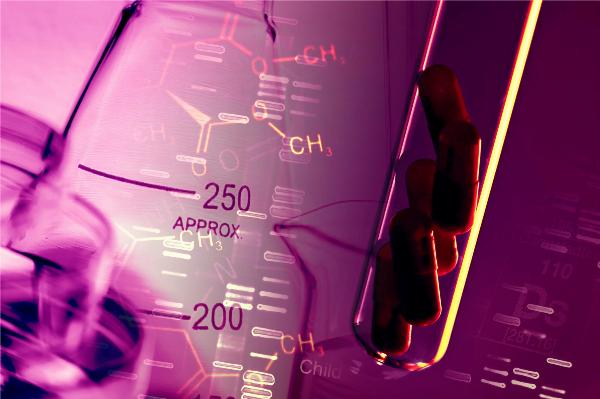Fermented Raw Material for Cosmetic Skincare Product

Strong 8k brings an ultra-HD IPTV experience to your living room and your pocket.
The cosmetics and skincare industry is constantly evolving and a recent trend that has emerged is the use of fermented ingredients in skincare products. Fermentation is a microbial metabolic process that has been used for centuries in food and beverage production, and now it has been
What are Fermented Raw Materials?
Fermented raw materials are natural ingredients that have undergone a fermentation process. The substrates of fermentation utilized in cosmetics industry include rice, soybeans, milk, and fruits. The substrates are used by microorganisms like yeast, bacteria, and fungi for metabolism or biosynthesis to create beneficial compounds that served as the fermented raw materials for cosmetic skincare product.
Here are a few examples of fermentation-generated compounds that are commonly used in the cosmetic skincare industry:
(1) Alpha-hydroxy acids (AHAs) - AHAs are organic acids that can be produced through the fermentation of fruits, milk, and sugar. Because they can assist in removing dead skin cells and enhancing skin texture, AHAs are frequently utilized in exfoliating cosmetics.
(2) β-glucans - These complex carbohydrates can be derived from the cell walls of yeast or bacteria. β-glucans are known for their moisturizing and anti-inflammatory properties, making them a popular ingredient in skincare products.
(3) Niacinamide - Often referred to as vitamin B3, niacinamide can be generated by the fermentation of yeast. It is a popular ingredient in skincare products because aid in enhancing skin texture, reducing inflammation, and controlling sebum production.
(4) Hyaluronic acid (HA) - HA is a naturally occurring substance in the body that can be produced through fermentation. HA has the ability to retain moisture and is commonly used in moisturizing and anti-aging products.
In addition, microbial fermentation filtrates can be employed as active components in cosmetics. For example, Galactomyces ferment filtrate is abundant in vitamins, minerals, and amino acids and is often used in anti-aging products to help improve skin elasticity and reduce the appearance of fine lines and wrinkles.
A Specific Case of Fermented Raw Material for Cosmetic Skincare Product
An example of a compound that can be produced by fermentation for use in cosmetic skincare product is hyaluronic acid (HA), a naturally occurring polysaccharide that has a wide range of applications in the cosmetic industry as a moisturizer and anti-aging ingredient. The fermentation production of HA typically uses Streptococcus zooepidemicus as the host. These bacteria are grown in a medium containing a source of carbon, nitrogen and other nutrients and fermented at a controlled temperature and pH to produce HA. HA is harvested and purified through steps such as filtration and dialysis. The resulting purified HA can then be used in cosmetic formulations. In addition to HA, other compounds that can be produced by fermentation for cosmetic skincare product include peptides and enzymes.
Applications of Fermented Raw Materials in Cosmetic Skincare Product
Fermented compounds have become a popular ingredient in cosmetic skincare products due to their numerous benefits for the skin. The applications of fermentation in cosmetic skincare products include:
Increased absorption
Fermentation breaks down the raw material into smaller molecules, making it easier for the skin to absorb them.
Enhanced efficacy
Fermentation results in the release of bioactive compounds that have enhanced efficacy in skincare products. For instance, fermentation of rice produces gamma-oryzanol, which has been shown to have anti-inflammatory and antioxidant properties.
Longer shelf life
Fermentation produces organic acids such as lactic acid, which act as natural preservatives. These organic acids inhibit the growth of harmful bacteria and fungi, leading to a longer shelf life of the skincare product.
The General Fermentation Process for Raw Material for Cosmetic Skincare Product
Fermentation is a process that can be used to produce a wide range of compounds that are useful in cosmetic skincare products. Here are some steps to produce compounds by fermentation for cosmetic skincare products:
(1) Identify the target compound
(2) Choose a suitable microorganism
(3) Choose a fermentation medium
(4) Inoculate the fermentation medium
(5) Monitor the fermentation process
(6) Harvest and purify the compounds
Note: IndiBlogHub features both user-submitted and editorial content. We do not verify third-party contributions. Read our Disclaimer and Privacy Policyfor details.







